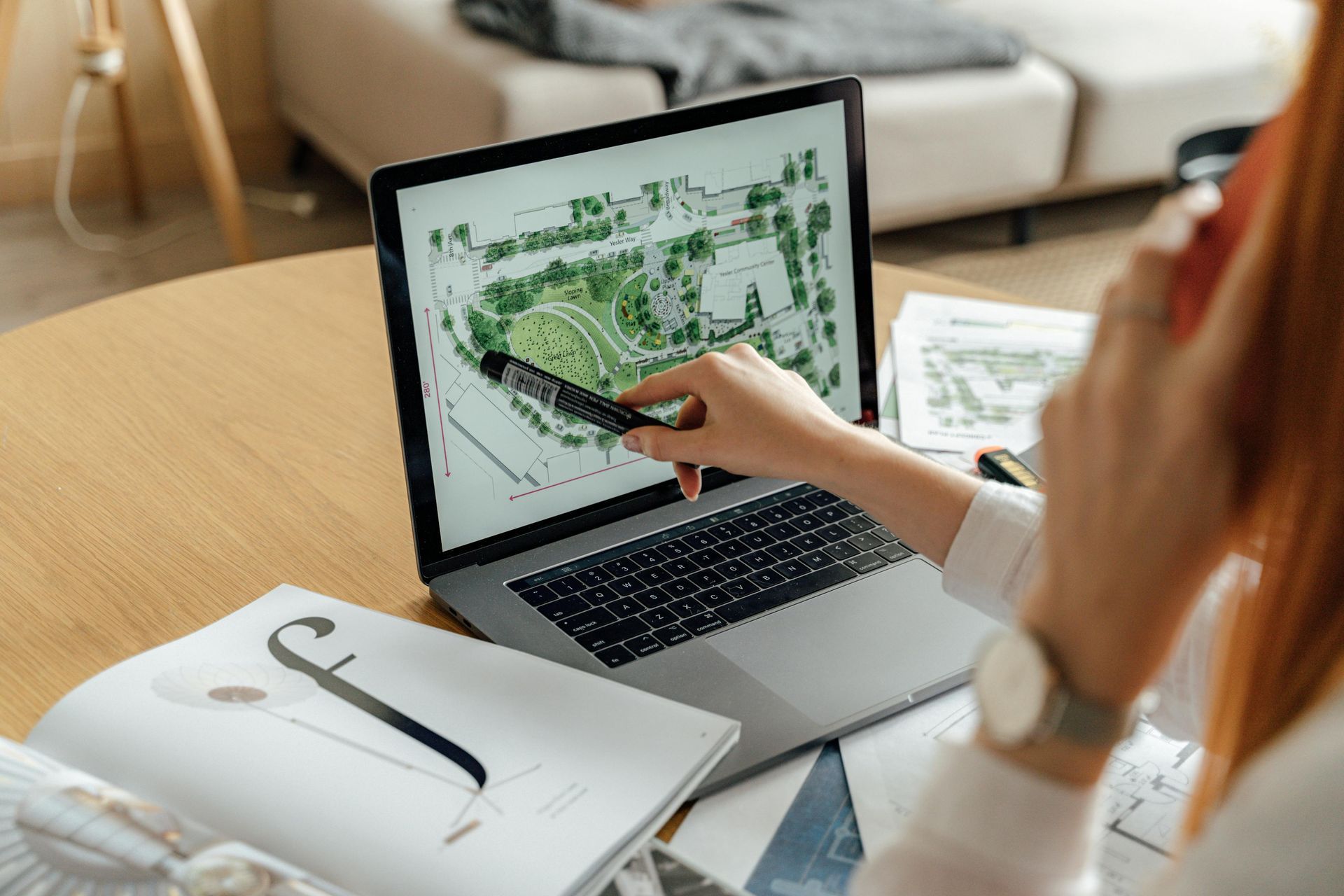A thorough picture of a property's physical and functional attributes across time

For centuries, real estate has been a cornerstone of wealth and security. Yet, while the essence of real estate remains constant, the methods of safeguarding these valuable assets are undergoing a seismic shift.
In this age of digitization,
BIM (Building Information Modeling) and Reality Capture (sets of various hardware, software and processes to survey and collect the conditions of a physical space or structure) are not just buzzwords but vital tools revolutionizing the real estate landscape.
They merge technology with architecture, providing solutions that are efficient, precise, and incredibly interactive.
Deciphering Modern Tools: BIM and 3D Reality Capture
The Power of BIM
At its core, BIM transcends traditional architectural methods. More than just a digital representation, it paints a comprehensive picture of a property's physical and functional attributes, incorporating dynamic, data-infused perspectives that transform a builder’s approach.
BIM offers an accurate, holistic view of the structure from start to finish.
From design to construction and operation,
a BIM model can be calibrated for each stage of a project's life cycle, providing detailed insight into a building’s features as well as associated risks and costs.
3D Reality’s 360-degree interactive views
The Revolution of 3D Reality Capture
Reality Capture takes property visualization a notch higher. It allows prospective clients and stakeholders to virtually traverse properties, experience highly accurate spatial dimensions, and envision design transformations.
This virtual immersion creates a more engaging, informative, and transformative property management experience for everyone, anywhere and at any time.
By capturing reality into a digital environment, clients can move freely through the property and make informed decisions about their investments.
Beyond just viewing available properties, stakeholders can take advantage of an intuitive interface to customize interiors - from color selection to furniture placement - in order to gain a better understanding of how the space could be used.
This feature allows stakeholders to make better-educated decisions and experiment with design options before investing in a property.
Old-School Tactics: Endearing but Inefficient
Traditional Approaches: Where They Fall Short
Blueprints, sketches, and physical models, while nostalgic, often can’t capture the complete essence of a space. In our fast-paced world, these methods, though rich in heritage, fall short in delivering efficiency and precision.
The Limitations of Physical Boundaries
Globalization and the digital era have made the world a smaller place. With stakeholders spread across continents, on-site visits for every discussion aren’t just expensive; they’re increasingly impractical. The charm of a hands-on approach, unfortunately, doesn't match up to the immediacy and accessibility of digital solutions.
Digital design solutions also help reduce project costs by allowing clients to get an accurate picture of what they can expect before construction begins.
This eliminates costly surprises down the line, as well as making the process of budgeting and planning projects much easier.
The Modern Edge: Gains from BIM and 3D Reality Capture
Precision and Efficiency
One small oversight in design or during construction can cascade into costly mistakes. These advanced technologies and processes minimize this risk. With real-time updates, digital collaboration, and detailed visualization, projects are more likely to remain on track, within budget, and exceed expectations.
Collaborative Synergy
A unified vision is crucial in real estate build projects. BIM and Reality Capture facilitate a harmonious flow of information, ensuring architects, builders, and clients can collaboratively visualize, modify, and finalize designs.
BIM and Reality Capture combine to produce results that can save time, money, and resources. Their accuracy ensures a level of detail and measurement that wouldn't be possible otherwise, allowing teams to act on insights they would miss without the use of technology.
This not only streamlines processes but also
leads to increased efficiencies that can be seen in the bottom line.
(Image & stat via Altair Global)
The Wrap - Embracing the Future with BIM and 3D Reality
As the real estate sector evolves, it’s evident that digital tools like BIM, 3D Reality and Digital Twins are not just optional add-ons. They are, in fact, becoming essential for anyone looking to maximize their property’s potential and value. These tools bring efficiency, precision, and a level of detail that traditional methods simply can’t match.
At
Digital Conditions, we are at the forefront of this evolution. We understand the sanctity of your assets and aim to offer solutions that don’t just protect but enhance their value.
Ready to get your project assessed?
Contact us!



